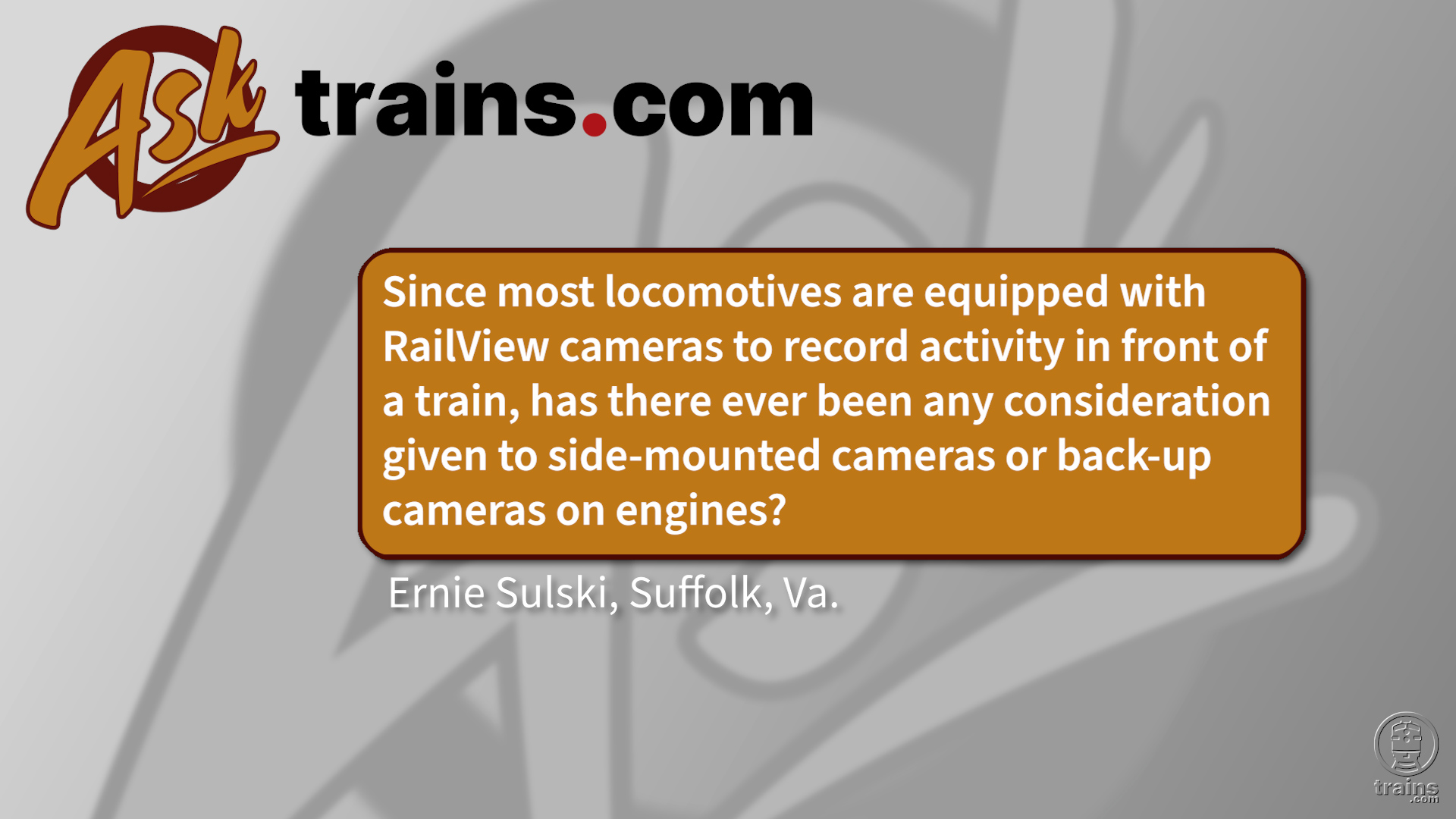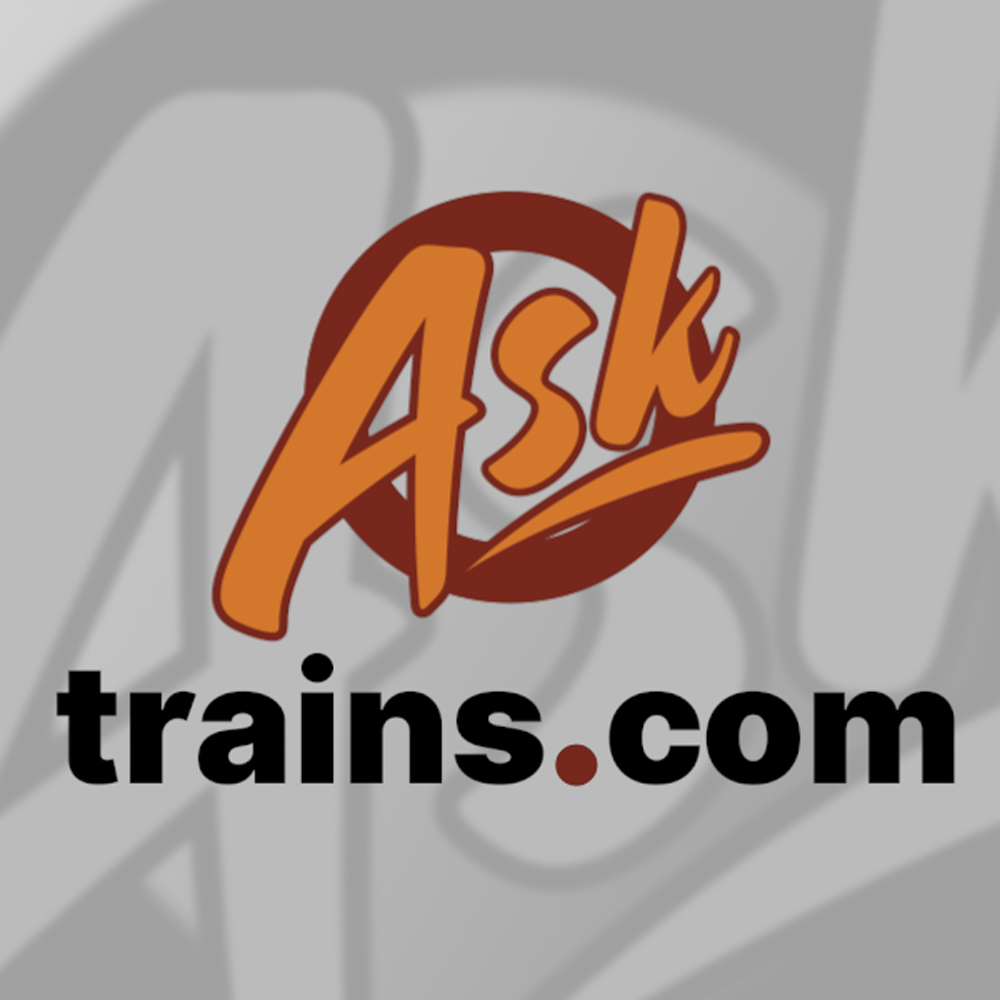— Frank C. Darling Jr., Wolcott, N.Y.
A The objective is better nighttime visibility. In January 2005, the Federal Railroad Administration issued “The Final Rule on Reflectorization of Rail Freight Rolling Stock,” which requires railroads to install reflective material on the sides of locomotives and freight cars. The goal is to reduce the number and severity of grade-crossing accidents in which motorists broadside a train after ignoring or failing to see a train in front of them, especially in situations of poor lighting or limited visibility. Effective March 4, 2005, railroads have five years to apply yellow or white reflective material to the flanks of locomotives and 10 years to apply it to the sides of freight cars. The material may be applied in either a vertical or horizontal pattern, approximately 42 inches above the rail. Depending on the length of the car or locomotive and the color of the material, from 3.5 to 7.5 square feet of reflective sheeting must be applied.
All newly constructed freight rolling stock is delivered with reflectorized material
applied, and existing equipment has the reflectorized material applied during regular maintenance or repair. You’ll see that locomotives are getting white or yellow reflective material, usually along their frames.
— Sayre C. Kos
— Jeff Carlson, Speedway, Ind.
A It’s a CSX approach to remote-control operations. The flatcars, rebuilt from lumber flats or boxcars, have a remote-control cabinet that houses circuitry used to operate the locomotive to which the car is connected. Besides this cabinet, usually mounted toward one end of the platform, are the headlights, horn, and air-brake appliances required of a unit operating in the lead position (or coupled ahead of the locomotive). According to CSX, such technology is in use in more than 60 locations on its system.
— Sayre C. Kos
— Kraig Kasten, Appleton, Wis.
A Although Canadian National train crews may switch that particular track, CN does not own it. In many cases, industrial sidings and spurs are owned by the lineside customers, individual or cooperative, whose responsibility it is to maintain its track and the area immediately surrounding it. The term “use at your own
risk” is liberal and subject to interpretation, but it isn’t a carte blanche for customers to do whatever they please: CN and most railroads provide customers with a safety handbook that highlights safety requirements regarding track maintenance, inspections, and working near railroad property.
— Sayre C. Kos
— Timothy Hannigan, Wauconda, Ill.
A The mystery car, MNCX 002, and the track on which it sits beneath the Waldorf-Astoria, have been the subject of much recent media coverage, but the more the coverage increases, the more the story gets twisted and misinterpreted. Unless FDR had his baggage and other belongings in that car at some point (which could have happened, since the car is a World War II-era Pennsylvania Railroad mail-express-baggage car), it is not the President’s car. The car FDR (and other presidents) traveled in, named Ferdinand Magellan, is preserved at the Gold Coast Railroad Museum in Miami, Fla., and will be profiled in the special edition, THE RAILROADS AND WORLD WAR II, to be issued this fall by our sister magazine, CLASSIC TRAINS. As to MNCX 002, although some reports have said the car hasn’t been touched since the mid-20th century, that is not true because it was re-stenciled “MNCX 002” about 1984; the initials are for Metro-North, the commuter railroad operating into Grand Central Terminal. Media coverage of the “secret station” and private spur track is more on-target, because distinguished guests with private railroad cars indeed could be routed directly to Track 61, the designation of the private track directly beneath the Waldorf-Astoria lobby, and then cross the private platform to board a special elevator to the lobby and suites above. Although the track and platform remain in place, accessibility is extremely limited after the area surrounding the platform was reconfigured.
— Sayre C. Kos
— Keith Teague, Baton Rouge, La.
A They’re essentially brake lights. When the amber light is lit, the train brakes are applied, and when the green light is illuminated, the train brakes are released. Unlike an automobile’s brake lights, though, the lamps on the sides of Amtrak cars don’t warn following trains that the engineer is using brakes. Rather, they are so crew members, at a glance, can view the length of their train and check the status of its brakes. This is useful in avoiding stuck brakes, which may lead to hot wheels and other serious damage. If you are able to view the length of a train, you’ll see the colors change from green to amber and back as the brakes are applied and released, but don’t worry if the lights don’t change all at once, as one car’s brakes may respond to an application or release more quickly than the car ahead or behind.
— Sayre C. Kos











